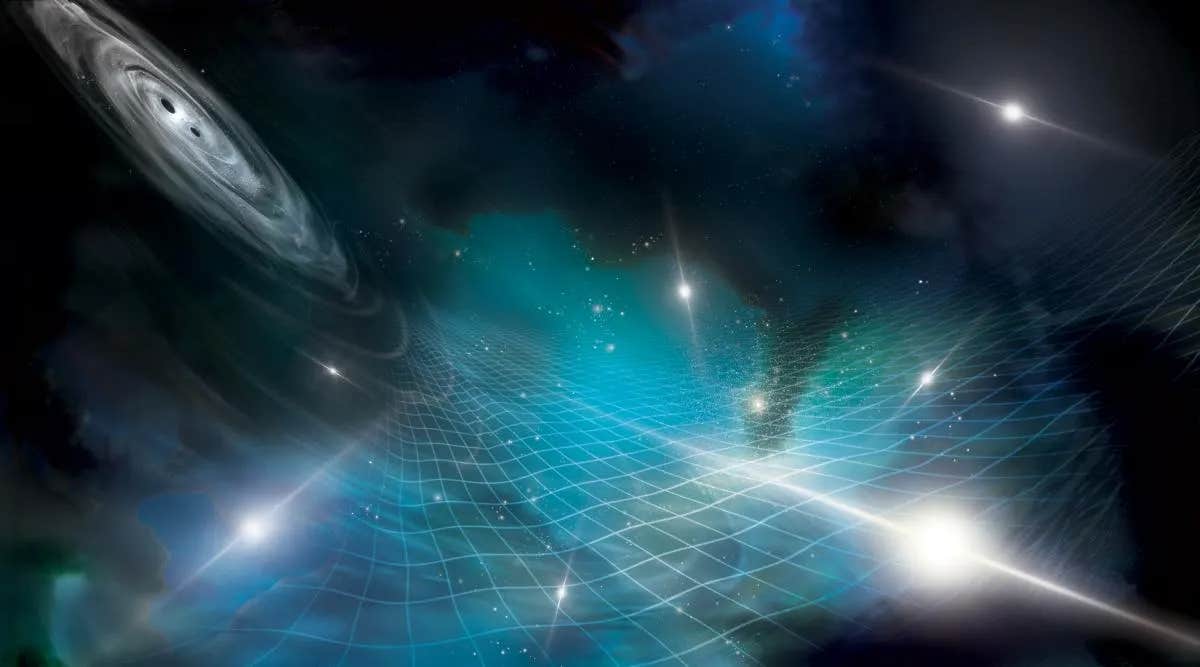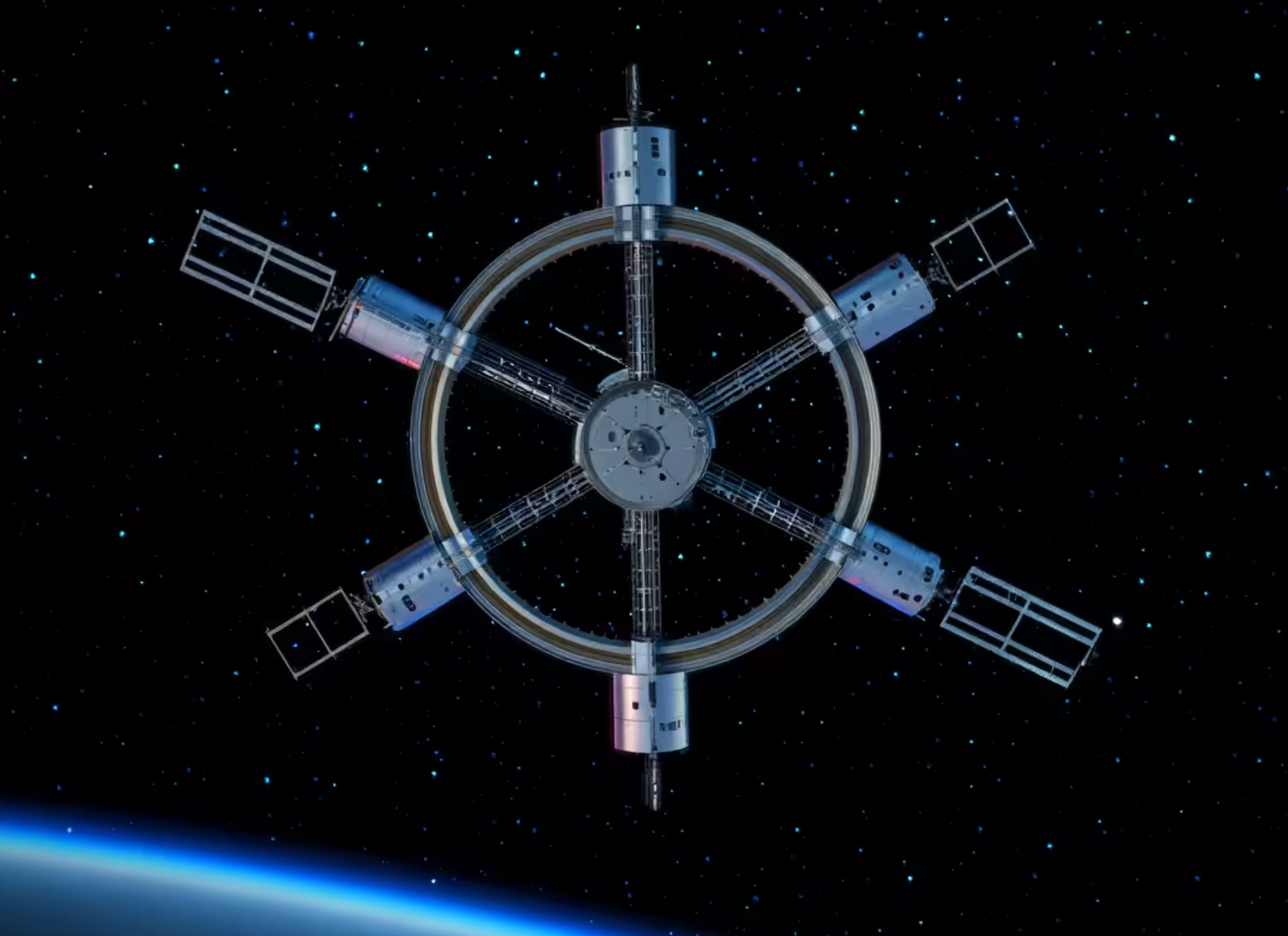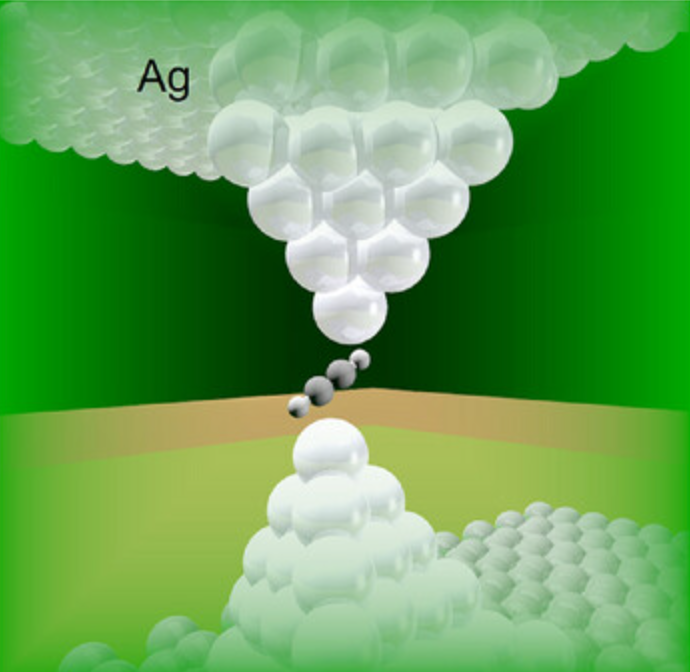New unified gravity theory could finally bridge Einstein and quantum physics
Researchers have proposed a new way to bring gravity into the same mathematical language as the other forces of nature.

Physicists may finally unify gravity with quantum physics, solving one of science’s biggest challenges. (CREDIT: NanoGrav)
In a bold step toward solving one of science’s most puzzling problems, researchers have proposed a new way to bring gravity into the same mathematical language as the other forces of nature. While the electromagnetic, weak, and strong forces are described by the Standard Model of particle physics, gravity remains an outlier—resisting efforts to be fully explained by quantum theory.
Now, two physicists from Aalto University in Finland—Mikko Partanen and Jukka Tulkki—have developed a fresh theory that could finally unite gravity with the Standard Model.
Their work, recently published in Reports on Progress in Physics, suggests that gravity, like the other forces, can be described by a gauge theory. This insight opens the door to what physicists call a “Theory of Everything.”
Why Gravity Resists Unification
The Standard Model is built on a framework called quantum field theory. This theory merges classical field theory, quantum mechanics, and special relativity. It explains how particles interact through gauge fields—mathematical constructs that ensure the symmetries of nature’s laws are preserved. These symmetries, which are compact and finite-dimensional, govern everything from light to atomic nuclei.
Gravity, on the other hand, is described by general relativity, which sees space-time as curved by the presence of mass and energy. The symmetries in general relativity are infinite-dimensional and tied to the fabric of space itself.
This clash between internal symmetries of quantum fields and the external symmetries of space-time has made gravity very difficult to fit into the quantum framework.
As a result, alternative theories have emerged—string theory, loop quantum gravity, asymptotic safety, and others—all aiming to fill this gap. Still, none have offered a complete, renormalizable quantum theory of gravity that aligns with the Standard Model.
The main obstacle has been renormalizability: the ability to remove infinities from quantum equations using a finite number of corrections. This step is crucial for making reliable predictions, especially at high energies, like those near black holes or the Big Bang.
Related Stories
A Symmetry-Based Solution
Partanen and Tulkki took a different approach. They used an eight-component spinorial representation of quantum fields—called eight-spinors—to develop a new symmetry-based framework. By introducing a "space-time dimension field," they could extract the familiar four-dimensional space-time quantities from the eight-dimensional spinor space. This allowed them to treat gravity using compact, finite-dimensional unitary symmetries, just like the ones in the Standard Model.
Their theory, called unified gravity, builds on four U(1) symmetry transformations acting on components of the space-time dimension field. These symmetries let them describe gravity as a gauge theory, similar to how electromagnetism and the nuclear forces are described. Importantly, the theory allows gravity to be represented in flat space-time using the Minkowski metric, without requiring the curved space-time of general relativity.
“This makes it possible to write gravity in the same mathematical form as the other fundamental forces,” says Partanen. “That’s something we haven’t been able to do before.”
Feynman Rules and Quantum Predictions
The researchers also derived the Feynman rules for unified gravity. These are the instructions used to calculate how particles interact in quantum field theory. They examined the renormalizability of the theory at one-loop order—the first level of quantum correction. What they found was striking: all infinities could be absorbed into a small number of redefined parameters, just like in quantum electrodynamics and the rest of the Standard Model.
They also showed that their theory satisfies BRST symmetry, a mathematical property essential for consistency in quantum gauge theories. These features suggest that unified gravity could be renormalizable to all orders, a milestone no previous theory of quantum gravity has achieved.
As Tulkki explains, “The key is that our symmetry-based approach allows the infinities to cancel out in the same way as the Standard Model. This is a major advance.”
Their approach also leads to a new way of understanding Einstein’s equivalence principle—the idea that inertial and gravitational mass are equal. In unified gravity, this principle naturally arises from the requirement that renormalized values of these masses must match. No earlier quantum gravity theory has tied this principle so directly to the structure of the quantum equations themselves.
A Glimpse into the Early Universe
Unified gravity doesn’t just solve a mathematical problem. It offers tools to explore the universe’s most extreme environments—where both quantum effects and gravity matter. These include the interiors of black holes and the moment of the Big Bang.
“Without a quantum theory of gravity, we can’t fully describe what happens at high energies where space and time behave very differently,” says Partanen.
He believes that unified gravity could eventually answer long-standing questions, such as why more matter than antimatter exists in the universe, or how space-time behaved at the earliest moments of existence.
“It’s possible that in just a few years, we’ll understand those questions much more deeply,” he says.
Bridging the Theoretical Divide
In previous studies, gravity’s role in quantum theory has remained vague. Space-time translations—key to gravity—are generated by differential operators, unlike the internal symmetries of particle physics. The Coleman–Mandula theorem has long implied that gravity’s symmetries can’t be internal like those in the Standard Model.
However, Partanen and Tulkki classify their new U(1) symmetries of gravity as internal under one accepted interpretation: they act directly on the fields without depending on their variations in space-time. This subtle shift makes the symmetries of gravity compatible with those of the Standard Model.
That compatibility matters. It means the same mathematical machinery that powers modern particle physics can now describe gravity too.
Not Just Theory—But Tested Ideas
Despite its radical departure from general relativity, unified gravity can reproduce known results. Using a specific gauge-fixing method, the theory matches the teleparallel equivalent of general relativity (TEGR), which itself is a form of Einstein’s theory that describes gravity using torsion instead of curvature. This makes unified gravity flexible enough to describe gravity in different geometrical terms, yet consistent with current observations.
That includes gravitational wave measurements, black hole imaging, and even how gravity affects antimatter or milligram-scale objects in the lab. All of these are areas where general relativity continues to be tested and confirmed. Unified gravity fits those results—while extending our ability to predict new phenomena.
A Work in Progress
The theory isn’t finished. So far, Partanen and Tulkki have shown that unified gravity works at one-loop order. To fully prove its validity, they must demonstrate renormalizability at higher orders.
“If renormalization doesn’t work for higher terms, the results could be infinite. So we have to prove that it holds at all levels,” says Tulkki.
Still, the researchers are optimistic. They’ve shared their theory with the scientific community to invite others to test it, refine it, and help move the idea forward.
“We hope our theory will open countless avenues for scientists to explore,” Partanen says.
Their hope is that unified gravity could do for physics what Einstein’s gravity did a century ago—set the stage for revolutionary advances, including technologies we can’t yet imagine.
Note: The article above provided above by The Brighter Side of News.
Like these kind of feel good stories? Get The Brighter Side of News' newsletter.



